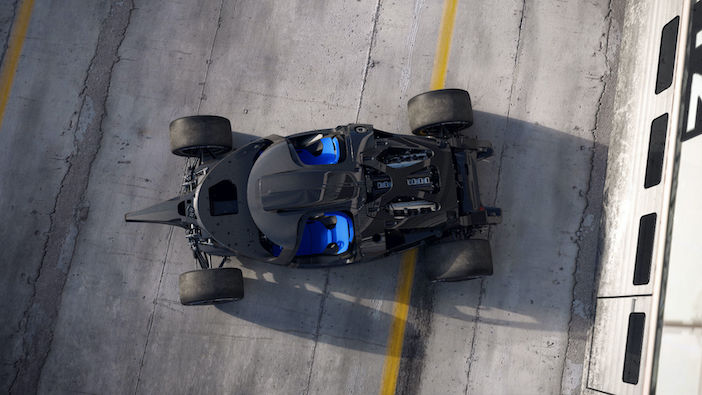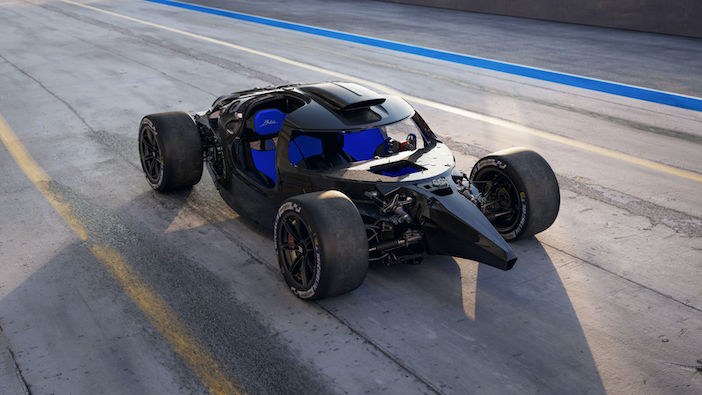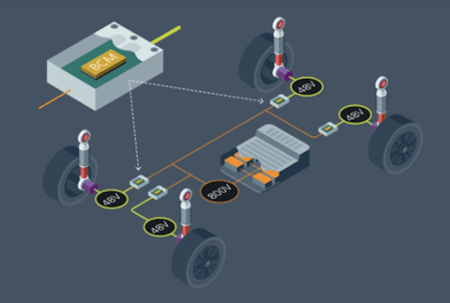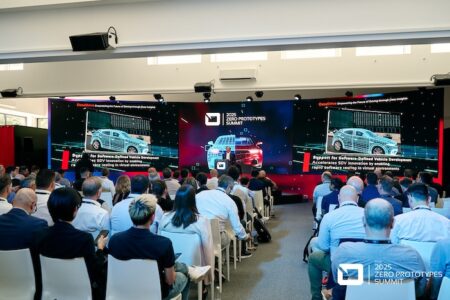The Bolide, Bugatti’s vision for the ultimate track-only hyper sports car, has a remarkable feature that also presents a dynamics challenge: its 8.0-litre W16 turbocharged engine. The engine generates 1,600 PS at 7,000rpm and 1,600 Nm from 2,250rpm, but it also creates packaging and centre of gravity considerations. In order to address these issues, and to fit the Bolide’s body closely as possible around that W16 engine, Bugatti’s engineers have developed an advanced new carbon fibre composite monocoque that is even stronger and stiffer than that of the Chiron.
The team say the Bolide’s monocoque mirrors the proportions of a sleek catamaran boat, with the driver and passenger sitting perfectly balanced inside the car. This arrangement also enables the W16 powertrain to be positioned 60mm further forward than in the Chiron, optimising the design for track use.
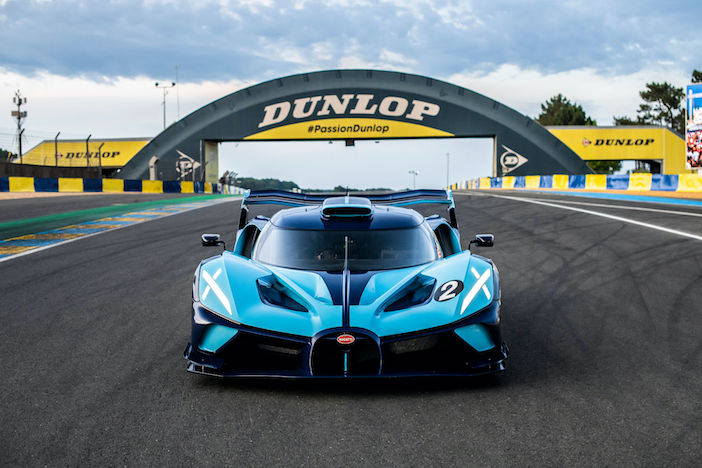
Bugatti adopted the safety requirements from the Fédération Internationale de l’Automobile (FIA) for LMH and LMDh regulations for Le Mans race cars during the development of the new structure because they are among the most stringent safety regulations in the world of motorsport. Moreover, crash test requirements for track-only racing cars are unique, furthering the need for a dedicated, clean-sheet design.
These regulations include the FIA test that requires a 7.5-ton load to be applied to the car’s A-pillar. To pass the test, the maximum deflection must be no more than 50mm at the point where the load is applied, and no failure of the structure within 100mm of that point is permitted. This means that only small, localised cracks are permissible at the point of impact.
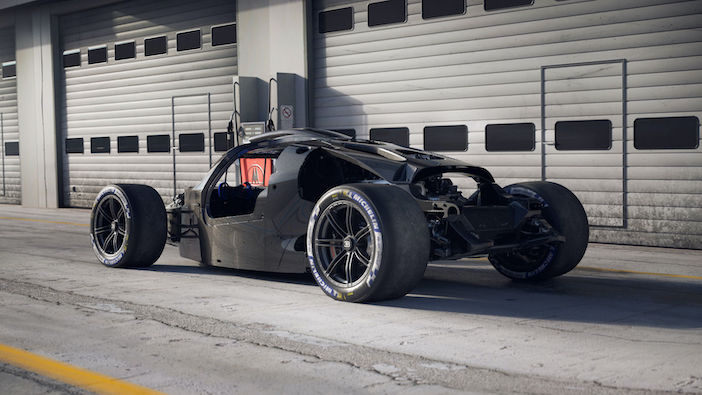
Bugatti says that when the Bolide was tested, no cracks appeared at all in the A-pillar. zone, thanks to the structural integrity inherent within the monocoque design, and also due to the angle of the A-pillar, its cross section, and the high-tech materials used.
A second rollover test saw an even higher load – 12-tons – applied to the B-pillar, while a third involved a 6-ton longitudinal load applied to the monocoque to simulate a rollover resulting in a rear impact with a barrier.
“To pass these stringent but critical safety tests, we needed to ensure that everything about the monocoque was technically perfect so that on the track the Bolide is a race car that is safe and secure in every driving situation and environment,” explains Christian Willmann, chief engineer for the Bolide.
“This meant that the monocoque required optimisation across all facets, from its architecture through to the wall thicknesses and even the new super-high strength carbon material, which is the highest performing of its type in the world,” he adds.
The Bolide is fast and strong, with a few further electronic systems to help keep the car out of trouble. As well as having all-wheel drive and electronically controlled differentials, the motorsport-derived active safety technologies in the Bolide include traction control, carbon brakes, electronic stability control and an anti-lock braking system (ABS), which will be particularly beneficial for the Michelin Pilot Sport slick tyres in low-traction conditions.
However, should there be a loss of control event, as well as the rollover safety measures, the Bolide features a raft of further safety subsystems. For example, the seats (tested to LMH regulations) feature FIA-approved six-point harness systems that also keep the occupants firmly in place during the extreme forces generated during cornering, acceleration and braking – in some cases extending up to 2.5g. The Bolide’s cockpit is also compatible with the motorsport-proven ‘HANS Head And Neck Support’ system and is equipped with an automatic, military-grade fire extinguisher system.
Track cars can be a little tricky to get in and out of, especially when wearing a helmet, so the outer sections of the wraparound headrests are attached to the dihedral doors. Designed to GT3 regulations in-line with the car’s packaging requirements, the headrests are joined to the door frame using an x-shaped bracket, which is a structural component as the headrest test load is applied to the outside of the door. Created by the Bugatti’s design and engineering teams, the bracket is made from 3D-printed aluminium, and although weighing a mere 300 grams, can withstand a load of more than 700kg.
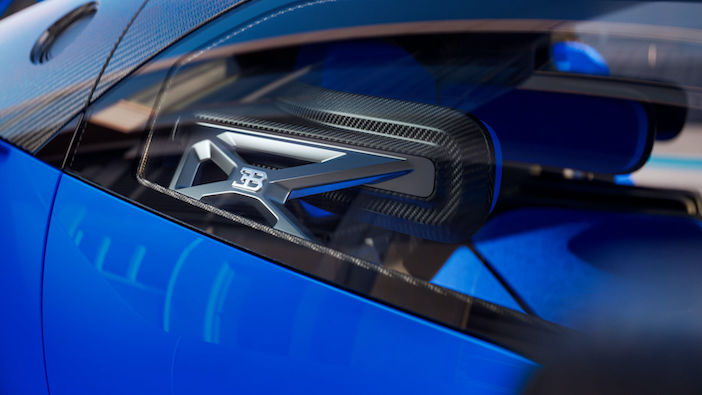
All in, the car has a dry weight of just 1,450kg, and downforce of almost 3,000 kg at maximum speed. However, comfort has not been entirely neglected, with a power steering system that pumps 60-litres of fluid every minute, and even a high-performance climate control system.
Few will experience the Bolide, as the car has a price tag of Euro 4 million (approximately US$4.3 million), and is limited to 40 build slots. Those slots have all been filled, and when the first customers receive their cars in 2024, they will be in for an incredible experience.
